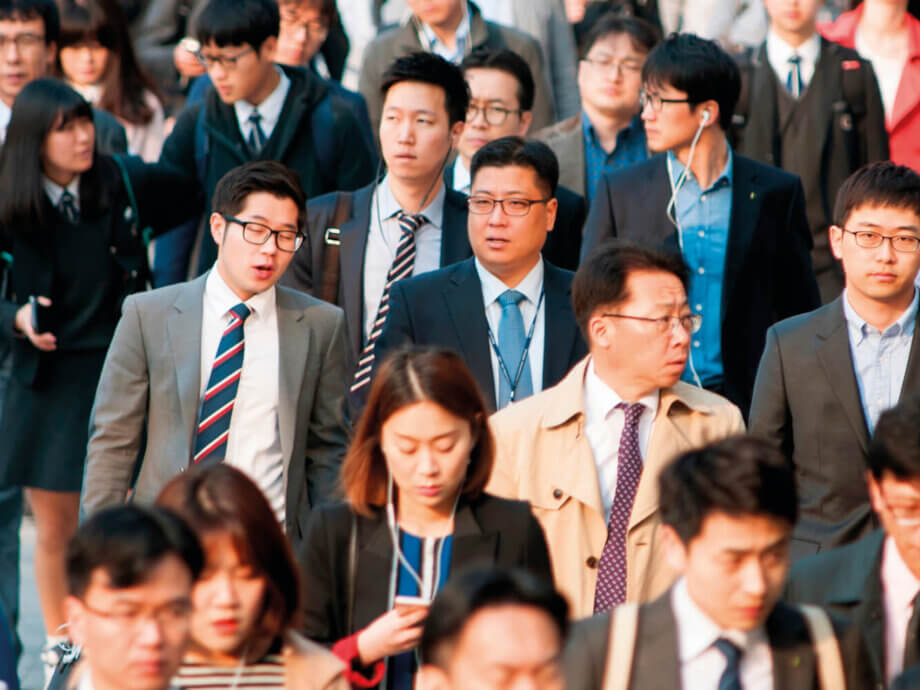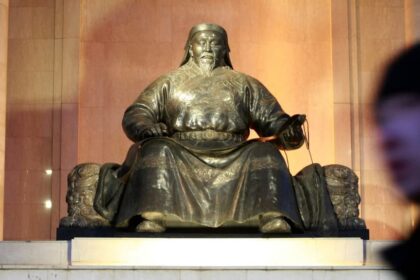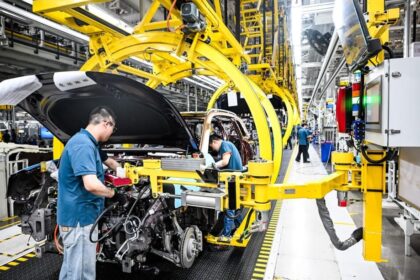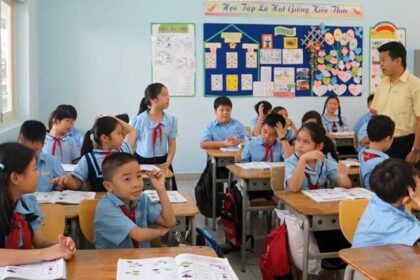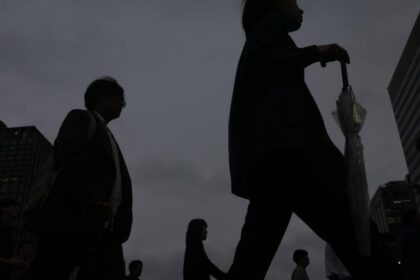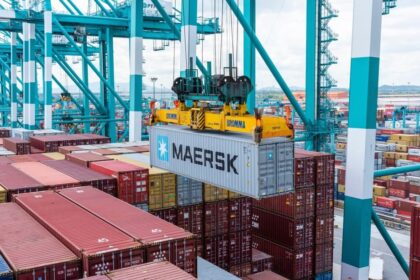South Korea’s Wage Landscape in 2025: Key Figures and Trends
South Korea, long recognized for its rapid economic growth and industrious workforce, continues to see evolving trends in wages and working hours as of 2025. According to the Ministry of Employment and Labor, the average South Korean worker earned 3.97 million won (approximately $2,900) before taxes in April 2025, working an average of 165.6 hours that month. These figures reflect a 2.7% increase in nominal wages compared to the previous year, while real wages—adjusted for inflation—rose by 0.6% to 3.41 million won. The data underscores both the resilience and the complexity of South Korea’s labor market, which is shaped by industry, region, gender, and broader economic forces.
How Do South Korea’s Wages Compare Internationally?
On an annual basis, the average salary in South Korea stands at approximately 47.1 million won ($35,786 USD), with higher figures in major cities like Seoul, where the average reaches 52.3 million won. This places South Korea ahead of regional peers such as Japan and China in terms of average earnings, and makes it an attractive destination for both local and foreign professionals. For context, the average gross monthly salary in South Korea is about 3.89 million won, with a wide range depending on sector, experience, and education.
Wage Distribution by Industry
Wage disparities across industries are pronounced. The finance and insurance sector leads with average monthly earnings of 7.44 million won, reflecting a 6.1% year-on-year increase. The energy sector follows at 5.89 million won. In contrast, the accommodation and food services sector lags behind, with workers earning just 2.18 million won on average. This gap highlights the economic challenges faced by employees in lower-paying industries, especially as the cost of living rises in urban centers.
Working Hours: A Closer Look
South Korea’s reputation for long working hours persists, though there are signs of gradual change. In April 2025, the average employee worked 165.6 hours, up by 6.1 hours from the previous year. This increase was attributed to an extra working day in the calendar, rather than a structural shift. On an annual basis, OECD data shows that South Koreans work about 1,867 hours per year—still among the highest in the developed world, though lower than in previous decades.
Despite government efforts to reduce excessive working hours, many employees—especially in sectors like hospitality and manufacturing—continue to face demanding schedules. The standard workweek is capped at 40 hours, with a maximum of 12 overtime hours permitted. Overtime is compensated at a premium, but industry-specific exceptions and managerial roles can lead to longer hours in practice.
Policy Proposals: The 4.5-Day Workweek
In response to concerns about work-life balance, President Lee Jae-myung’s administration has proposed a 4.5-day workweek, aiming to reduce the legal workweek from 40 to 36 hours. The proposal has garnered strong public support—surveys show that up to 87% of employees would prefer a four-day workweek, even at the cost of lower pay. However, business leaders and labor experts caution that such a shift would require significant improvements in productivity to be sustainable. South Korea’s labor productivity remains below the OECD average, and employers worry about the potential cost burden of reduced hours without corresponding wage cuts.
Minimum Wage and Wage Growth
South Korea’s minimum wage continues to rise, reflecting government efforts to address income inequality and improve living standards. As of January 1, 2025, the minimum wage is set at 10,030 won per hour—a 1.7% increase from the previous year. For a full-time worker (40 hours per week), this equates to about 2.1 million won per month. The minimum wage applies to all workers, including part-time, temporary, and foreign employees, and is reviewed annually based on economic conditions.
While the minimum wage has helped lift incomes for many low-wage workers, it has also sparked debate about its impact on employment, particularly in small and medium-sized enterprises (SMEs) that face higher labor costs. Some employers have responded by offering additional allowances or restructuring compensation packages to remain competitive and compliant.
Wage Growth and Distribution
Wage growth in South Korea has generally kept pace with inflation, though real wage increases remain modest. The average annual salary is approximately 46.7 million won, with a median salary of about 41.2 million won. The wage spectrum is broad: lower earners make around 2.06 million won per month, while high earners can reach 6.24 million won or more. Entry-level salaries for college graduates at large companies now exceed 50 million won annually, outpacing those in Japan and Taiwan. However, wage polarization is a growing concern, with significant gaps between large corporations and smaller businesses.
Regional and Demographic Disparities
Geographic location plays a significant role in wage variation. Salaries in Seoul and other major metropolitan areas are higher due to concentrated economic activity and higher living costs. For example, the average annual salary in Seoul is 52.3 million won, compared to 43.2 million won in Bucheon or 46.1 million won in Ulsan. Rural areas, such as Jeju province, report the lowest average salaries, reflecting limited economic opportunities.
Gender Pay Gap
South Korea continues to grapple with a pronounced gender pay gap—the highest among OECD countries. In 2024, women earned on average only 68.8% of what men did, with the gap widening in senior positions. For instance, male managers earned about 10.89 million won per month, while female managers earned 9.24 million won. The disparity is driven by traditional gender roles, underrepresentation of women in high-paying industries, and career interruptions related to childbirth and childcare.
Statista’s 2024 report notes: “Despite a notable increase in women’s participation in the labor market, progress in narrowing the gender pay gap has been slow.”
Efforts to address this include expanded family leave entitlements and government subsidies for childcare, but cultural and structural barriers remain.
Employment Structure and Labor Market Challenges
South Korea’s labor market is characterized by a high proportion of temporary (non-regular) workers—nearly 40% of the workforce. These workers typically earn about half the wages of regular employees and often lack access to social insurance and benefits. The prevalence of non-regular employment is especially high among young people, who frequently start their careers in temporary roles due to limited job opportunities. Many eventually leave the workforce altogether, contributing to concerns about long-term economic stability.
Sectoral Shifts and Labor Shortages
While the finance, IT, and healthcare sectors offer lucrative salaries and stable employment, industries like hospitality, retail, and construction face persistent challenges. The accommodation and food services sector, for example, reports average annual salaries of just 29 million won ($20,790), with demanding work conditions and irregular hours. Despite a post-pandemic tourism rebound, hotels and restaurants struggle to attract and retain staff, as job seekers prioritize work-life balance and higher pay in other fields.
A hotel industry official explained: “It may look glamorous on the outside, but the job is exhausting, and the pay just doesn’t match the workload. Since labor costs account for such a big part of hotel operations, there’s not much room to offer better compensation.”
Meanwhile, the construction sector has seen the sharpest drop in hiring, with 46,000 fewer new hires compared to the previous year, reflecting broader economic headwinds.
Rise of Side Jobs and the Gig Economy
Persistent inflation and reduced working hours have led more South Koreans—especially younger workers—to take on side jobs. As of May 2025, over 655,000 people reported working additional jobs, a 39% increase from a decade earlier. Many use mobile apps to find short-term or “spot work” opportunities, supplementing their main income to cover rising living expenses. While this trend offers flexibility, economists warn that it may undermine productivity and long-term economic growth if it becomes a substitute for stable, full-time employment.
Labor Policy Reforms and Work-Life Balance
In response to demographic challenges and changing social expectations, South Korea has introduced a series of labor policy reforms aimed at improving work-life balance and supporting families. Key changes taking effect in 2025 include:
- Doubling employer-paid paternity leave from 10 to 20 days, with expanded government subsidies for SMEs.
- Increasing maternity leave for premature births from 90 to 100 days.
- Raising maximum childcare leave benefits and extending eligibility for reduced working hours for parents with children up to age 12.
- Introducing short-term childcare leave and streamlining application processes for family-related leave.
These measures are designed to address South Korea’s low birth rate and support greater gender equality in the workplace. However, their effectiveness will depend on employer compliance and broader cultural shifts.
Productivity, Aging, and the Future of Work
Despite improvements in wages and working conditions, South Korea faces significant structural challenges. Labor productivity remains low compared to other developed economies, and the country’s population is aging rapidly. By 2050, the proportion of people aged 65 and older is expected to double, while the working-age population could shrink by half. This demographic shift threatens long-term economic growth and places additional pressure on the labor market.
To remain competitive, South Korea must address productivity gaps, invest in skills development, and create more inclusive, flexible employment opportunities. The ongoing debate over working hours, wage structures, and labor market reforms reflects the country’s search for a sustainable balance between economic growth, social equity, and quality of life.
In Summary
- The average monthly wage for South Korean workers in 2025 is 3.97 million won ($2,900), with significant variation by industry and region.
- Working hours remain high by international standards, though policy proposals aim to reduce them for better work-life balance.
- Wage growth is steady, but real increases are modest; the minimum wage continues to rise, benefiting low-income workers.
- Pronounced disparities exist by industry, gender, and employment type, with non-regular workers and women facing persistent challenges.
- Labor market reforms in 2025 expand family leave and support for working parents, but structural issues like low productivity and an aging population pose long-term risks.
- The rise of side jobs and the gig economy reflects both economic necessity and changing attitudes toward work.
- South Korea’s future competitiveness will depend on addressing wage gaps, improving productivity, and adapting to demographic change.


